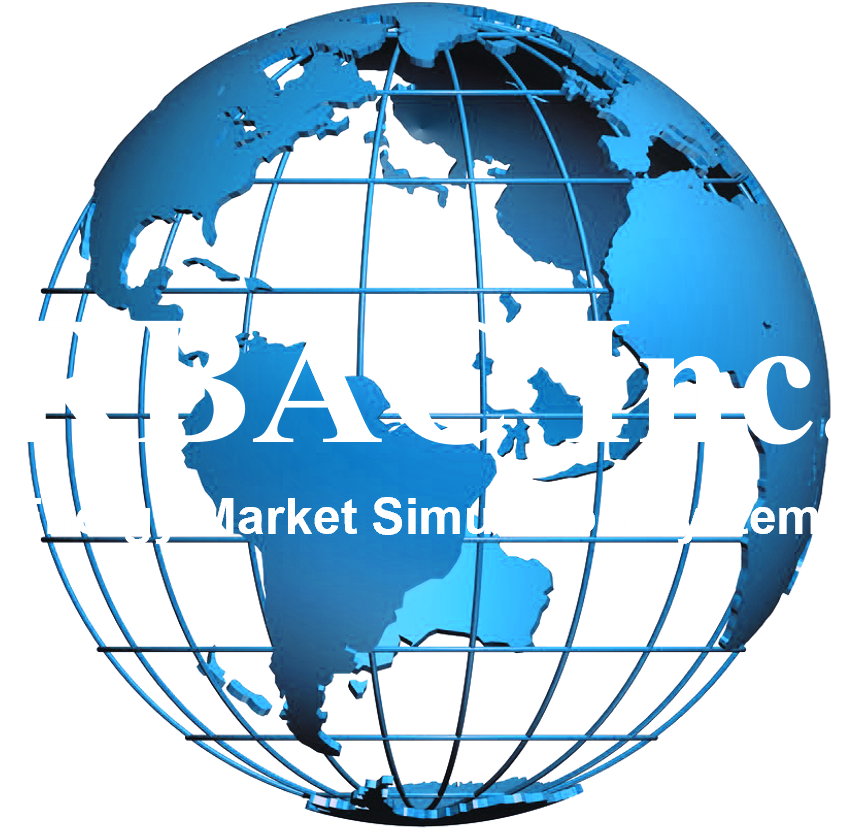Introduction
Dr. Robert Brooks, Founder of RBAC, Inc., joins Energy News Beat podcast with host Stuart Turley to unpack the evolving dynamics in the global natural gas and LNG sectors. Together, they explore how geopolitical realignments, regional energy dependencies, and new infrastructure developments are influencing LNG market trends.
With decades of modeling experience under his belt, Dr. Brooks offers a nuanced, data-backed look at how today’s disruptions could shape energy trade flows for years to come.
Europe’s Shifting Energy Dependency
Following Russia’s invasion of Ukraine, European nations rapidly restructured their energy imports, significantly reducing reliance on Russian pipeline gas. According to Dr. Brooks, this pivot came with challenges — but also prompted unprecedented coordination and infrastructure investment.
“Europe is finding that energy security is a big deal, and they’ve had to pay the price for that.”
European countries raced to build or expand LNG import facilities, relying more heavily on global LNG shipments. While this improved supply diversity, it also highlighted the need for better infrastructure planning and long-term strategy, particularly in balancing environmental goals with supply security.
The Rise of the Global LNG Market
There is the growing importance of LNG in a world where pipeline infrastructure is often constrained by politics [e.g. New England] or geography [e.g. Siberia]. Dr. Brooks points out that LNG’s flexibility has made it a vital balancing tool for regions like Europe and Asia.
“The LNG market is really where the action is… It gives you optionality that pipelines just can’t.”
Countries like Qatar and the U.S. are increasing export capacity, and buyers are seeking long-term contracts to mitigate volatility. Meanwhile, markets in Asia — especially China and India — are expanding their import capabilities, signaling strong long-term demand.
U.S. Natural Gas Production and Bottlenecks
Dr. Brooks also highlights how the U.S. remains a key player in LNG exports due to abundant natural gas production, particularly from shale plays. However, domestic bottlenecks — such as insufficient pipeline capacity to the Gulf Coast — can restrict exports.
“There’s plenty of gas in the U.S., but getting it to where it’s needed is the hard part.”
He emphasizes the importance of modeling and forecasting infrastructure constraints to better understand where new investments will be most impactful.
Geopolitical Flashpoints and Global Energy Risk
From Russia’s war in Ukraine to tensions in the Middle East, we see more and more that geopolitics shape not just energy availability, but market psychology and price volatility.
Dr. Brooks stresses that energy flows are no longer strictly economic decisions; they’re increasingly strategic:
“Countries are looking at energy as a geopolitical asset now — not just a commodity.”
This shift affects how countries negotiate contracts, secure supplies, and plan for future risks. As new alliances form, such as closer ties between China and Russia, the map of global energy flows is being redrawn in real time.
Uncertain Times and Energy Modeling
Dr. Brooks notes that there is a crucial role for energy market simulation software in helping stakeholders visualize future scenarios. Such tools enable governments, producers, and analysts to test various geopolitical and infrastructure shifts, equipping them with insights to make better decisions.
“Modeling gives you a framework to understand what could happen — and what you can do about it.”
Final Thoughts
From LNG’s growing influence in the energy sphere to the strategic recalibration of energy supplies and its effect on flows, Dr. Brooks makes a point underscoring how crucial it is to understand the interconnections between markets, infrastructure, and international affairs.
Whether you’re a policy maker, analyst, or energy professional, you need tools to see, through a variety of scenarios, the challenges and opportunities shaping the future of global natural gas.
Watch the full episode for deeper insights into RBAC’s approach and Dr. Brooks’ outlook on where the industry is headed.
Contact us today for a free demonstration of how RBAC’s market simulation tools, GPCM® Market Simulator for North American Gas and LNG™ and G2M2® Market Simulator for Global Gas and LNG™, can greatly augment your analysis capabilities.
RBAC is the market-leading supplier of global and regional gas and LNG market simulation systems used by the energy industry and related government agencies for over two decades. The GPCM® Market Simulator for North American Gas and LNG™ is the most widely used natural gas market simulation system in North America. RBAC’s G2M2® Market Simulator for Global Gas and LNG™ has been instrumental in understanding evolving global gas and LNG market dynamics and is vital to fully grasp and leverage the interrelationship between the North American and global gas markets.


